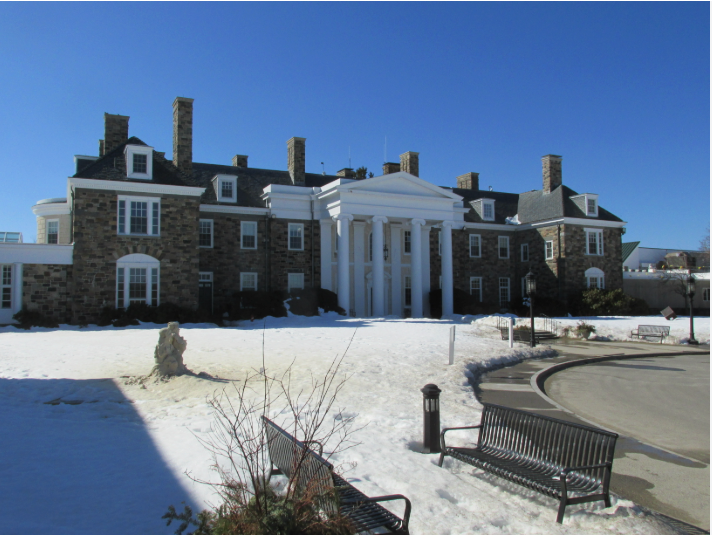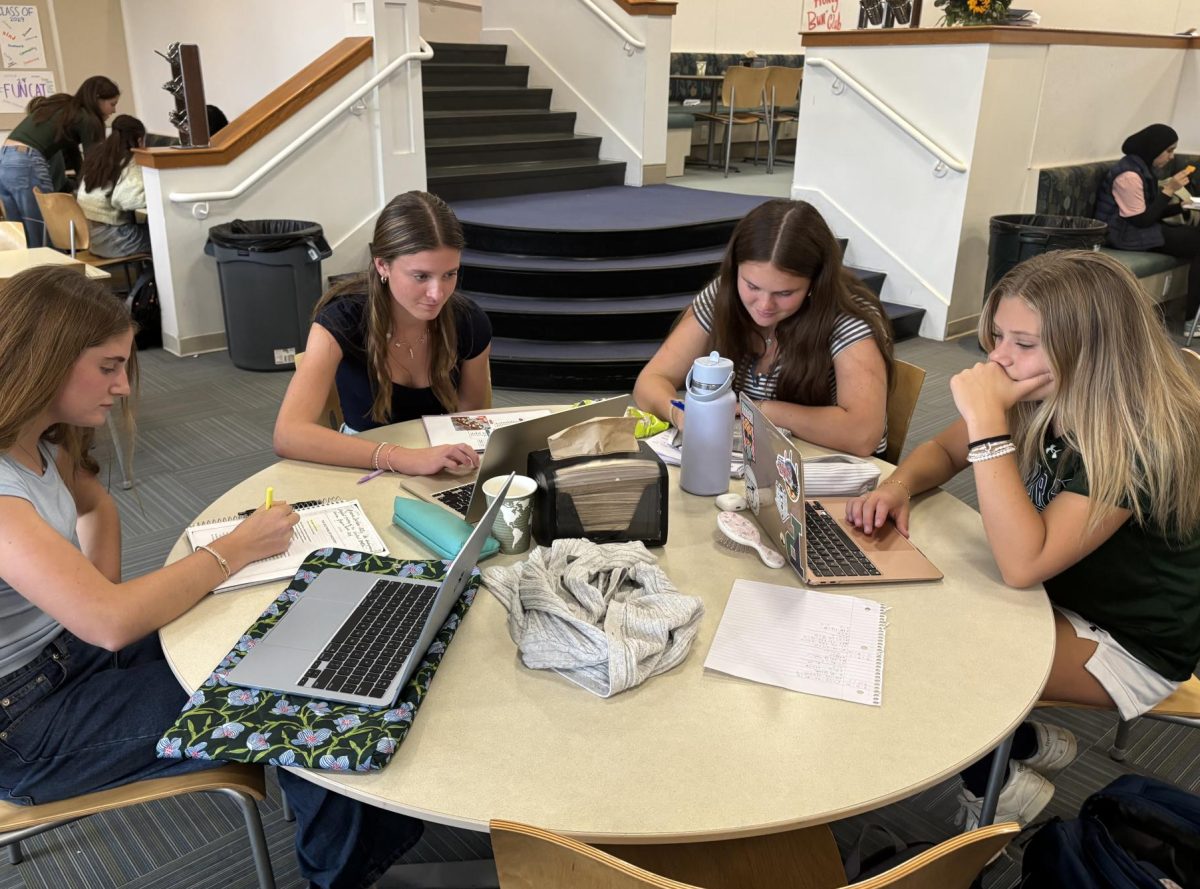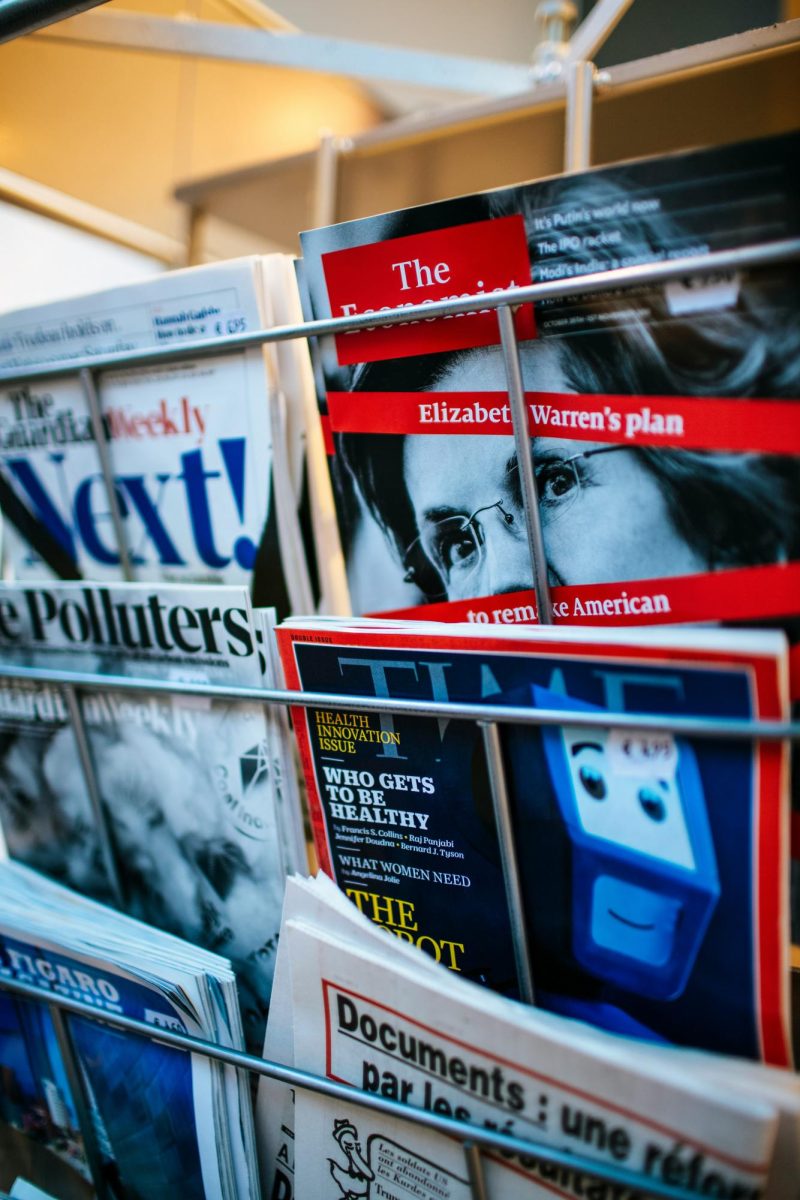Did you know that a family once roamed the Pingree hallways, goats jumped on the front stairs, and crops grew in the fields we now play sports on?
Pingree School once was a home and working farm that belonged to Mary Weld and Sumner Pingree. The Flying Horse farm was finished in 1934 and the Pingree’s moved in with their three children, Sumner Jr., Charles, and John. The farm was filled with all kinds of plants and animals, including cattle, chickens, and, of course, horses.
Eventually, all the Pingree boys grew up and moved out, leaving Mary and Sumner in a big, empty house with no one else besides the house workers. They tried many things to make the property feel complete again, such as housing World War two refugees in the Rogers house, but the house still did not feel like home anymore.
Ultimately, Mary had an idea. She decided that the house should be turned into a school and given away. Soon afterwards, in 1959, Mary and Sumner moved down the road to a house on Gale Street. They offered the house, the farm, and 50 acres to become an all-girls private high school. Pingree opened in the fall of 1961 with a mission to prepare girls for college and for adulthood. It was one of the first all-girls, private day schools in the area and was quite rare because all private schools were mainly for boys and many were boarding.
Pingree started with only grades nine and ten and around 20 students per grade; by fall of 1964, there were 150 students enrolled in grades 9, 10, 11, and 12. The first graduating class of 1964 had 22 students, and every single student had gotten into a college.
Tuition was $1000 dollars (around $11,000 today), and lunch cost 85 cents ($9 dollars). There were only eight faculty members including the headmaster, William (Robin) Rogers, who also taught physical education and English. Pingree currently has over 100 faculty and staff members and lunch is paid through tuition.
In 1965, the school decided to expand and create a new library, which is now the Pond Room. The Pond Room was the first addition to the house since the Pingrees moved out. They also began to build a gym (located where the Commons is today). It had no windows and a stage where the high top tables are now. The entire project came to around $200,000 dollars in today’s money and both the gym and the Pond Room opened in 1966. It would not be until the late 70’s that the Commons would turn into a dining hall and the Mary Weld gym would be built.
Additionally, the school did not have a main hallway leading to the Commons but instead had the passing room or linking room, now the Trophy Room. If you look closely at the panels in the trophy room, you can see that one panel looks slightly off. That is because that panel was once a doorway and the way leading to the Commons.
The Flying Horse Farm once was a small farm and a house that belonged to five Pingrees but now is a flourishing school that many people are proud to be a highlander. “Highlanders through and through” said Dr. Johnson.
Pingree is now a co-ed school and that is sending hundreds of kids off to amazing colleges each and every year. We now have around 100 kids per grade and a history that not many other schools can compare to. Pingree has traditions that will carry on to the next generation of highlanders and over 100 faculty and staff.
Mary once had a dream that her house would one day become something more and become something that would hold as much meaning to others as it did to her. I think it is safe to say that Mary’s dream came true.
I would like to thank Michael Singer, Pingree class of 1986, for his assistance in writing this article. Singer oversees the Pingree archives, a collection of yearbooks, letters, photos and official documents from Pingree’s history. Check out the archives (downstairs, just beyond the mail boxes) if you want to learn anything and everything about Pingree’s history.








